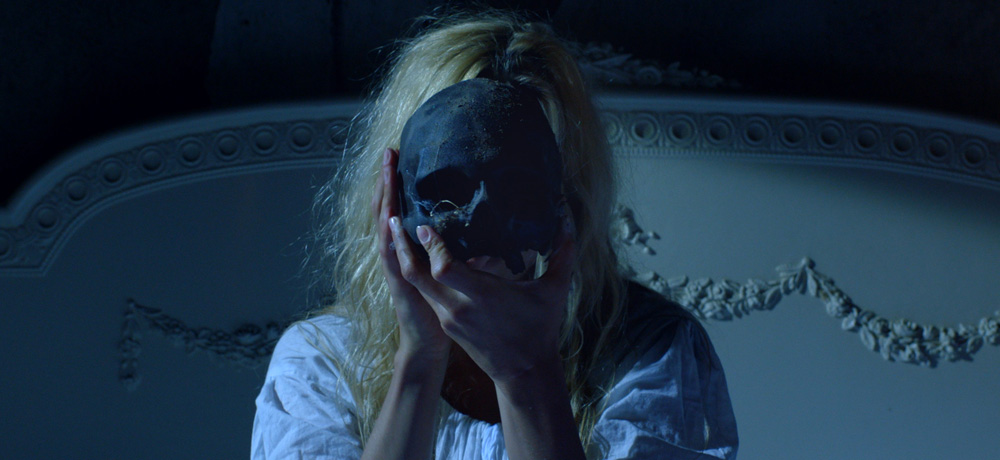
“Tick … Tock … Tick … Tock…”
If you’re old enough to remember, video stores were most often our method of finding films that we might have otherwise never heard of. The myriad of alluring box art meticulously displayed on the shelves of the horror section will always fill me with nostalgic delight. Those were the days that film posters were appreciated in a much different way; nowadays the general public is more eager to look up a film’s official trailer on their phone or check its Rotten Tomatoes score. But back then, I remember specifically making it my goal to track down the most enigmatic VHS cover I could find, knowing nothing about the film itself and simply going into the viewing experience blind as a bat.
I was able to re-live this experience in a sense when going into Dawn Breaks Behind the Eyes, a German mystery horror film that was part of the line-up for this year’s in-cinema Arrow Video FrightFest , as well as their online streaming selection dubbed the ‘Best of the Fest’, which horror fans were able to stream from their own home! After having laid eyes on the film’s poster, which exquisitely utilizes a Benguiat Caslon-like font found on numerous Gothic novels from the 60’s and 70’s, especially those by Virginia Coffman, I decided that I wanted to view the film with zero knowledge of its plot, similar to how I did those many years ago. They say “never judge a book by its cover” but I’ve found plenty of hidden gems in doing so!
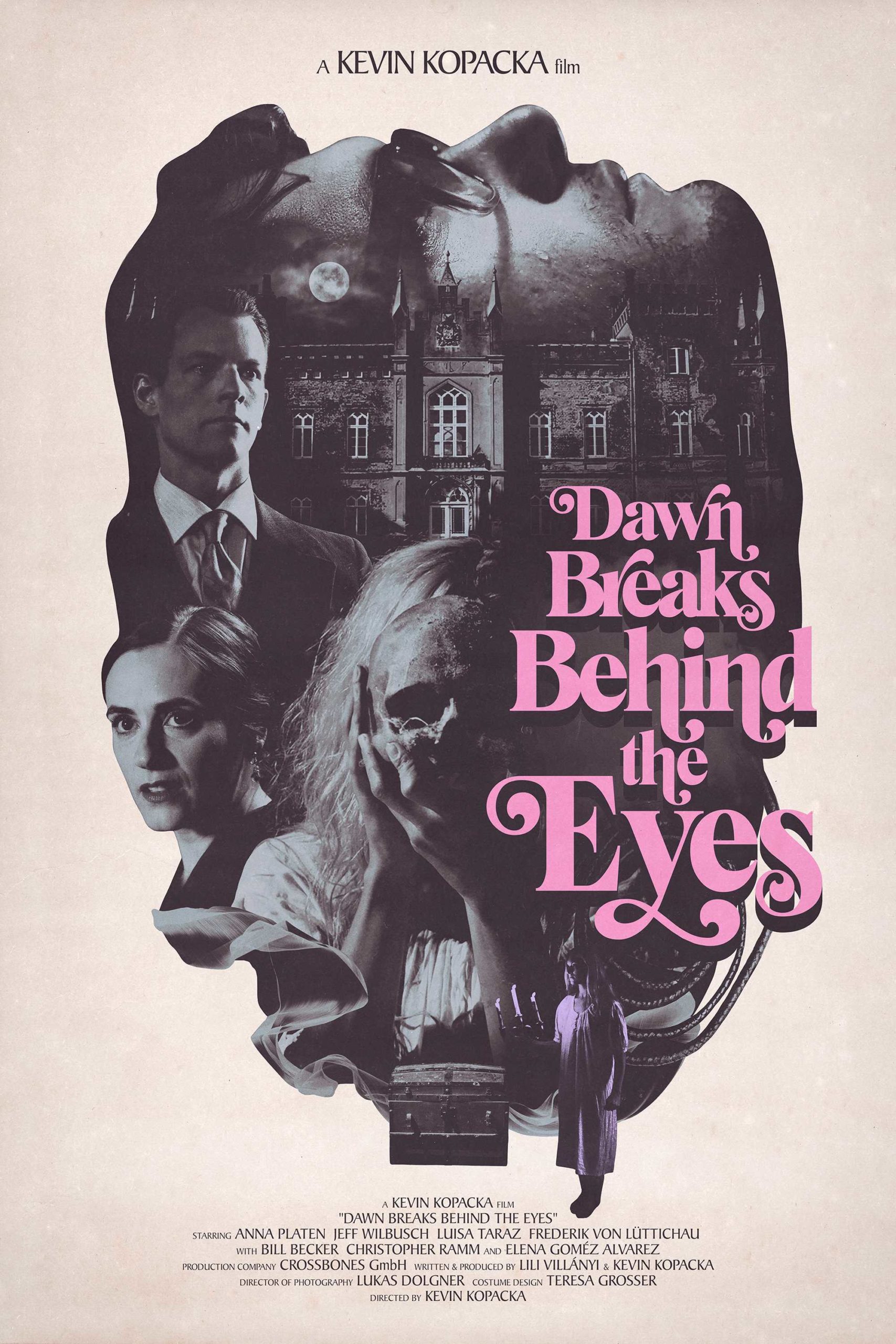
The film begins with a bickering couple driving to a dilapidated castle that Margot, the woman in the passenger seat, has inherited. The driver, Dieter, is the main source of the quarreling and is quick to express his desire to inspect the castle and head right back to their hotel. You see, they’ve been on the road for hours now and his patience has begun to run thin. Upon their arrival, Dieter is instantly unimpressed by the newly acquired property. Clearly he has terrible taste because I fell instantly in love with the interior. I guess it’s an acquired taste, as Margot casually points out, and if you’re a fan of the aesthetics presented in the likes of The Castle of Otranto like I am, you’ll fall in love with it too. Dieter leaves Margot to go scope out the wine cellar; there must be something of value in there, right?
Entering a cellar in the middle of the night never bodes well for the leads in any gothic story, so it will come as no surprise to fans of the genre when Dieter has a run-in with a creature of unknown origins. Obviously startled by this, he heads back upstairs and sternly declares that they must head back to the hotel at once. However, when he realizes that the keys to their vehicle are not in his possession, he refuses to backtrack to the cellar and suggests that it’s best to retrieve them when the sun comes up, which forces the two to spend the night. After all, monsters can’t get you in the daylight right? Although Dieter is eager to leave the following morning, Margot is found in a state of reverie and refuses to leave the infamous castle.
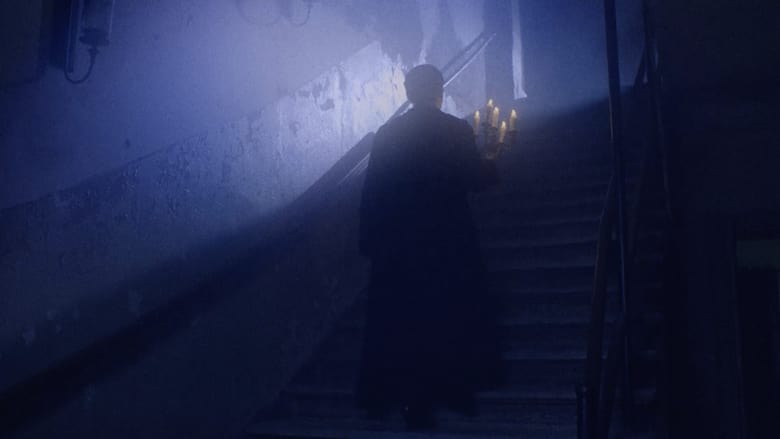
The film takes an unexpected turn some time during the second act, but I won’t be delving into the specifics plot-wise in order to avoid spoilers. I’m not sure if it qualifies as a twist, but it certainly took me by surprise, and I believe that going into it with hardly any expectations only heightened the experience. I will point out that even though it’s been done before in countless films, the execution is so effortlessly poised and I found that it added plenty of layers to the overall story. I believe that the real horror of said story is the difficulty that often plagues many long-term relationships, which is of course entirely situational. We get a very clear sense of the dynamic between Dieter and Margot pretty early on, and it serves as the driving force behind the rest of the film.
Fans of gothic horror will no doubt enjoy the brooding atmosphere and gorgeous scenery sprinkled throughout the film’s runtime. The opening credits, accompanied by the retro sounding score, were enough to make me feel as though I was watching something from another decade, but the film somehow manages to emanate a bit of a timeless quality as well. From the cobweb covered candlestick holders, the faded threadbare curtains, and the creaking dust-covered stairs, the inherited castle easily checks all of the necessary boxes to serve as a metaphor for the couple’s moral decay, in true Gothic fiction tradition. And when the film reaches its third act, the visuals shift into a psychedelic acid trip that the good folks over at Arrow Video have compared to the works of Italian filmmaker Mario Bava. Color me surprised at this fabulous combination!
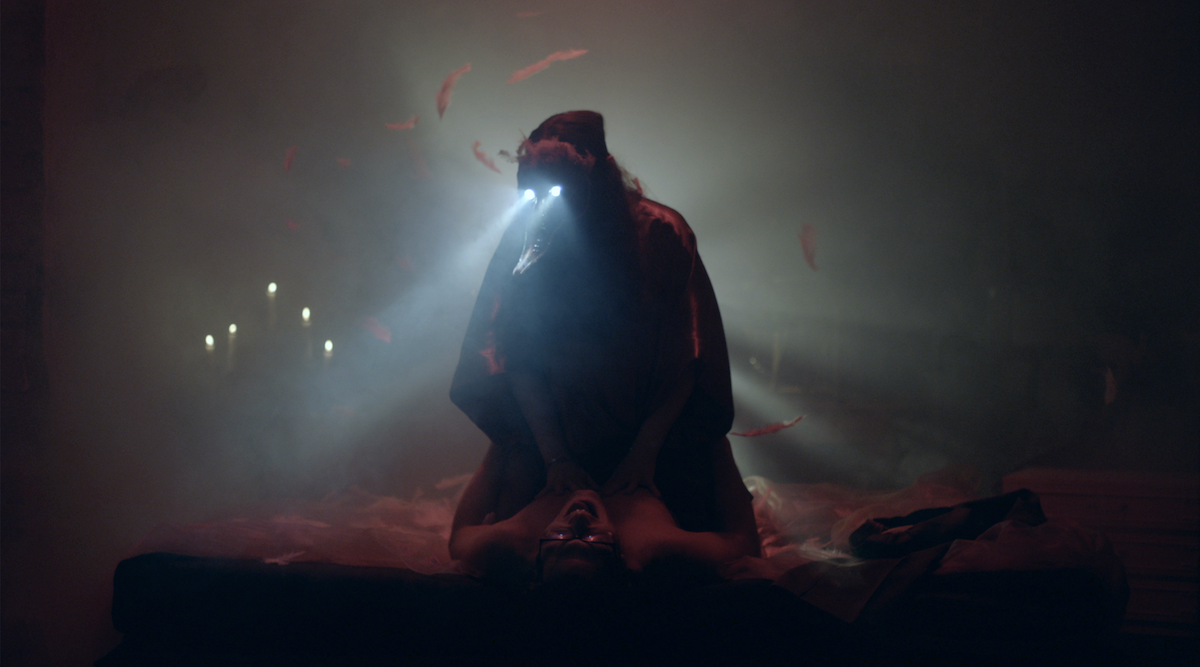
The memorable imagery is sufficiently elevated by the solid performances of the cast. Despite the clear references to such a specific era of horror, the actors never go full camp the way one would expect. With that said, the film itself does reach a point of camp, but I will let you witness that on your own. Frederik Von Lüttichau is unnervingly convincing as the hyper-masculine Dieter, exuding just enough vexation to make the viewer dislike him, which of course was the point. The reason for his aggression is explored a bit but I still personally found his character a pest. Luisa Taraz plays the somber and, hopefully, depending on the viewer, more relatable Margot. It’s easy to see why she would feel so dejected in this relationship, but she has enough spine to counter Dieter’s behavior. Something is scarcely holding these two together, and the castle is only cementing that.
“Never judge a book by its cover”, they say, but choosing to see this film by judging the poster alone was an incredibly thrilling experience. I made reference to the title’s font emulating Gothic fiction, and was happy to find that style presented within the film, along with the 70’s Italian horror vibes that augment after the mid-point. The film is low on “scares” and almost devoid of gore, aside from one particular scene that you won’t see coming, so I recommend it to folks who enjoy dialogue driven films, especially those that are dreary and incorporate striking imagery. Visually, the films The Legend of Hell House and Lemora: A Child’s Tale of the Supernatural came to mind, but I would be curious to learn which films inspired director Kevin Kopacka in actual fact. Dawn Breaks Behind the Eyes is a psychedelic Gothic horror acid trip that will hit everyone differently.
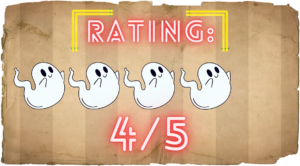
More Film Festival Coverage:
When the first V/H/S film was initially released in 2012, its impact on the horror community was immediately felt, creating shocking scenarios presented in intimate detail through the found footage… I was fortunate to experience the 5th Unnamed Footage Festival Virtual edition, hosted shortly after their 5th in-theater festival which showcased some of the best new Found Footage horror films… Leading into the build-up of the release of Pet Sematary Bloodlines, viewers had reasons to be cautiously optimistic about the project after the success of Paramount breathing new life into… Almost entirely free of dialogue, Looky-loo (2024) gives viewers the view from a killer’s own eyes as he stalks and plans multiple murders. The nameless killer, gains confidence with each… Chasing the dream of a breakout success YouTube video, two urban explorers think they’ve found the perfect location: An old French manor that wasn’t demolished before a lake was dammed…. Black Mold is a 2023 American psychological horror film, written and directed by John Pata. The film stars Agnes Albright and Andrew Bailes as two Urbex photographers, Brooke and Tanner,…V/H/S/94 (2021) Film Review – Found Footage Series Back With Vengeance
Unnamed Footage Festival 5: Virtual – 12 Hours of Horror, Depravity and Laughs
Pet Semetary Bloodlines (2023) Film Review – A Welcomes Return to Ludlow [Fantastic Fest]
Looky-loo (2024) Film Review – Through the Eyes of A Killer [Unnamed Footage Festival 7]
The Deep House (2021) Film Review – Drowned Secrets Disturbed
Black Mold (2023) Film Review – Break the Mold [FrightFest]

Your typical ghoul next door; film enthusiast, horror fanatic, J-horror nerd, aspiring horror host, and all around geek. Will likely be found cuddling with their cat and reading an old smelly book, or stuffing their face with popcorn at the cinema!
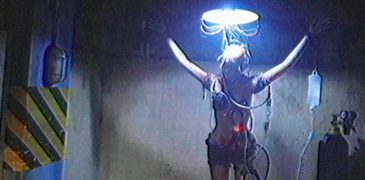
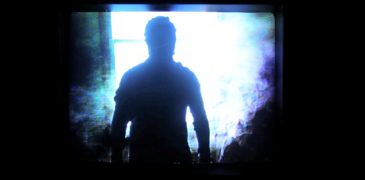
![Pet Semetary Bloodlines (2023) Film Review – A Welcomes Return to Ludlow [Fantastic Fest]](https://www.grimoireofhorror.com/wp-content/uploads/2023/09/pet-sematary-bloodlines-feature-365x180.jpg)
![Looky-loo (2024) Film Review – Through the Eyes of A Killer [Unnamed Footage Festival 7]](https://www.grimoireofhorror.com/wp-content/uploads/2024/03/Look-Loo-2023-review-365x180.jpg)
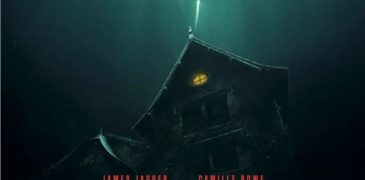
![Black Mold (2023) Film Review – Break the Mold [FrightFest]](https://www.grimoireofhorror.com/wp-content/uploads/2023/08/Black-Mold10-365x180.jpg)